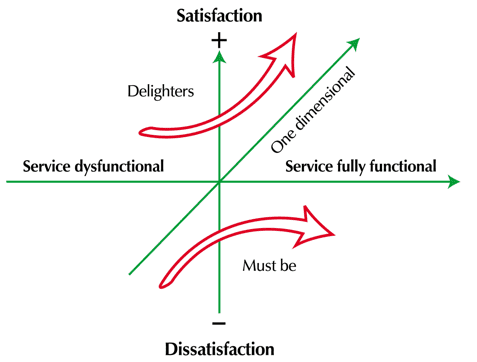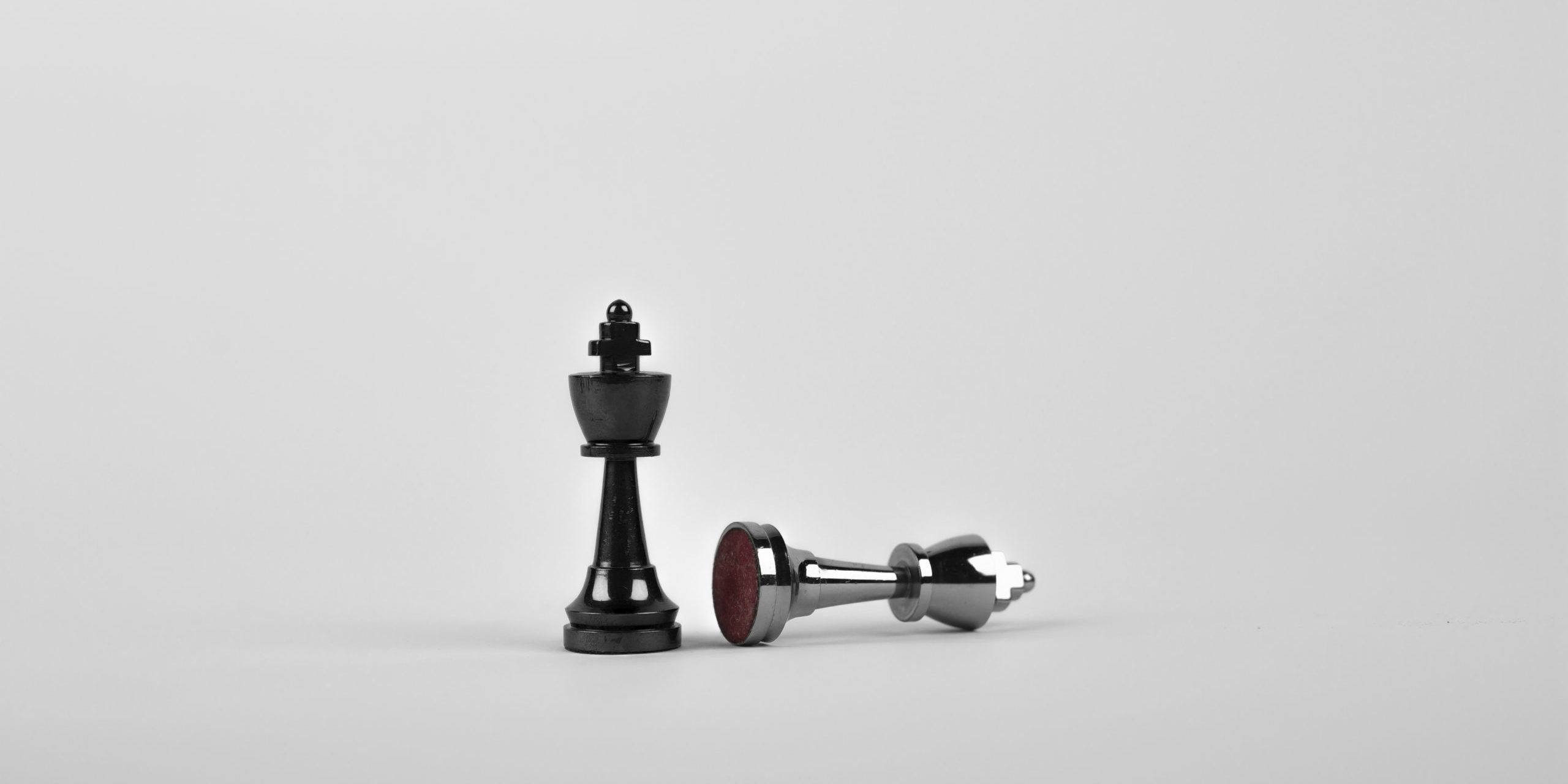The Customer Is King. Putting customers at the heart of everything we do. I’ll tell you what I want, what I really want. We’ve all heard these phrases, mantras and songs (!) about being customer-centric. But what does this actually mean? Who are our customers and what do they want? There is so much that has been written on customers that it’s easy to become overwhelmed by it all, so let’s just focus on one particular area and a helpful way to understand customer needs better – the Kano Model.
The customer is central to Lean Six Sigma thinking. Using the DMAIC methodology the customer focus starts at the very beginning as part of Define. Gathering Voice of the Customer (VOC) and then using the Kano model we can help to decipher all those voices into something that is meaningful for us in organisations.
So, firstly – Voice of the Customer. What is this? Well, this is exactly what the customers are saying about your service or product. Anyone who speaks directly to customers hears this all the time – call centre operatives, relationship managers, cashiers in supermarkets or at the bank, shop advisors, the list goes on. They all hear the customer saying what they want, or don’t want. But there are usually lots of voices, and they are saying lots of things. So how can we help to decipher this into something we can use?
This is where the Kano model comes in. Originating from Japan in the 1980s, Professor Noriaki Kano developed the Kano model as an insightful way of understanding customer requirements and then being able to prioritise them.

There are three key components that help us to do this:
- Must-Be – these are the things that customers expect to have or experience as part of the service or product. So for example, let’s say you are going to stay in a hotel – what ‘must be’ in the hotel room when you open the door? A bed? A shower or bathroom? Must-be’s are the basic requirements you expect – if they are present then you wouldn’t be especially satisfied, but if they are not present then you would be a disgruntled customer. Imagine if you booked a hotel room and walked in to find there was no bed? What would you think about that hotel? What would you do?
- One-Dimensional – these are the things that if the customer gets more of them (or less of them) then they are more satisfied with the service or product. Let’s go back to the hotel example – can you think of anything where the more of it would make you a more satisfied customer? How about the bigger the television? The softer the towels? The larger the room? And what about less of something that would make you more satisfied? The less noise there is?
- Delighters – these elements within the Kano model are the things that the customer would not be expecting but they would make the customer super satisfied if they were there – they’d be Delighted! If you walked into a hotel room what would make you think “this place is great! I’d stay here again, and tell all my friends about it”? Perhaps a pair of slippers or a bathrobe waiting for you? A bottle of wine? An upgrade?

Now, to add an extra dimension to this – what if you were travelling to a hotel for business – would you change your mind about what was a ‘must-be’ and what’s a ’delighter’? And how about if you were travelling as a couple? Or as a family with young children? Different groups of customers would have very different wants or needs – so you may need to consider customer segmentation.
In organisations it’s important to recognise these different elements so that you can prioritise where to focus first. Must-Be’s need to be working well in any process – these are the basic requirements that a customer is just expecting to happen. So this would be the first area to address in any process improvement. Next, consider the One-Dimensional aspects – remembering that these would be to make your customers more satisfied. And finally the Delighters. Not all processes will offer One-Dimensional or Delighter aspects – it depends on what the organisation or customer might want from that process. But there would be little point in investing in Delighters for your process if the basic Must-Be’s are not working well.
Over time the things that were once Delighters are likely to become expected, so they move to Must-Be’s and new Delighters take their place. For example staying in a hotel room which had a TV showing lots of different channels would once have been a Delighter, but over time it would then have become One-Dimensional, and now may even be a Must-Be for some customers.
So, who is your customer? What are they saying? And could the Kano Model help you?
Be sure to check out our other blog about Kano Thinking.








